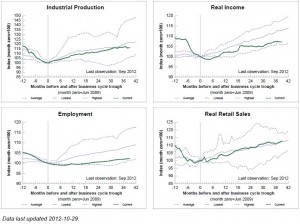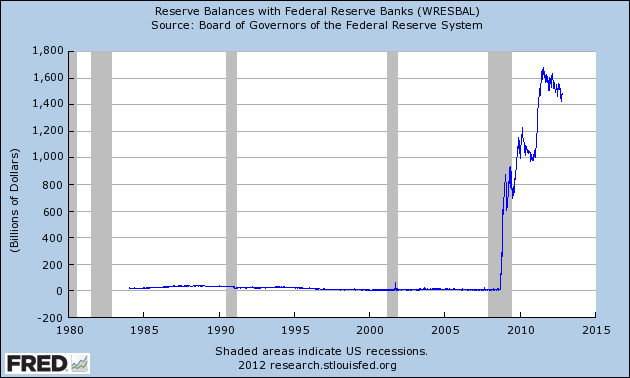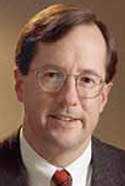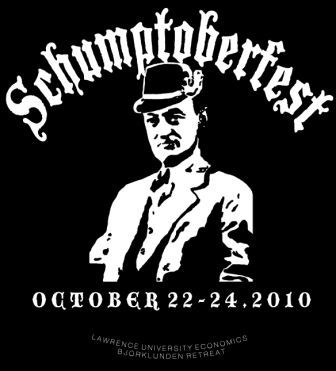As we wind down 3+ years of the presidential campaign, we stop to talk about the basic economics of voting. And if you’ve ever heard an economist talk about voting, you’ve probably heard of Gordon Tullock.
Here’s Professor Tullock in epic curmudgeon mode giving a three-minute pep talk for tomorrow’s election. He explains that he doesn’t vote because the chance that his vote will “matter” — in the sense that it is pivotal — is zero. In other words, he doesn’t vote because the likelihood of his vote being decisive is essentially zero. If that one guy who always sleeps through my classes also happens to sleep through the election, that one abstention will not affect who wins on Tuesday.
Of course, this prompts the response that starts something like “If everyone thought that way…”, to which Tullock responds:
“Suppose nobody voted?…. If nobody else voted I would vote… And the fewer other people vote, the more likely I am to vote.”
Again, here’s the Tullock video.
You think we’re kidding? Here’s more in the same vein from the Freakonomics site.




 The internet lit up today when it became known that the state of
The internet lit up today when it became known that the state of 

